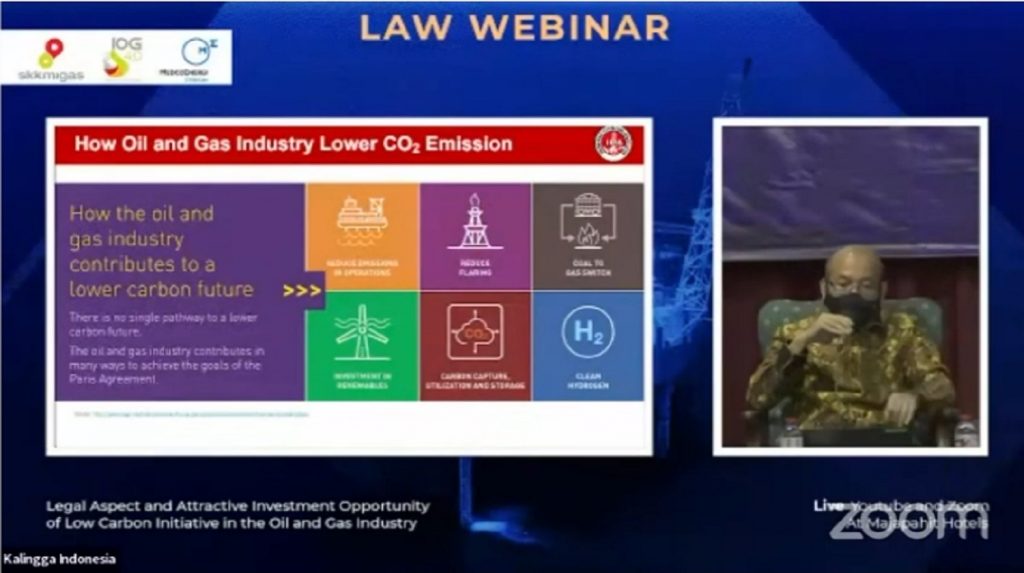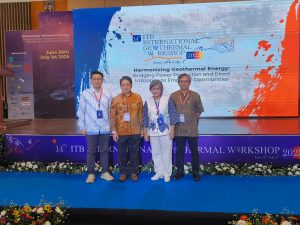
Jakarta – More than 40 percent of the national energy needs until 2050 still originates from fossil fuels, officials said Tuesday (29/3). Legal division head of the Special Task Force for Upstream Oil and Gas Business Activities (SKK Migas) Didik Sasono Setyadi said that the agenda for dealing with carbon emissions must be seen not only from an environmental point of view, but also from a financial and investment point of view.
“The carbon emission control program cannot be viewed solely from an environmental point of view, but also from the point of view of energy security and independence, the economy, and of course the benefits for Indonesia,” said Setyadi in an online seminar on Legal Aspect and Attractive Investment Opportunities of Low Carbon Initiative in the Oil and Gas industry in Surabaya.
He said, the large contribution of upstream oil and gas, deemed it necessary to prepare legal instruments so that the upstream oil and gas industry does not only focus on the impact on the environment but also on increasing investment and finance.
He said, also focusing on increasing investment and finance of the sector is important considering that upstream oil and gas also has a production target of 1 million barrels of oil per day (BOPD) and 12 billion standard cubic feet of gas per day (BSCFD) by 2030.
Chairman of the Energy Transition Committee-Indonesian Petroleum Association (IPA), Denny Riyadi said that the global demand for carbon reduction is getting bigger. The interest to control the temperature rise in the world is in the interest of the wider community, including the energy industry. In fact, Indonesia is committed to reduce carbon emissions in 2030 by 29% and has started the effort since 2010.
“We certainly have a commitment to reduce emissions. The majority of the world’s energy sources are still fossil energy, around 63%, the rest is electricity, which is partly produced from fossil energy. Indonesia is not much different, if in 2015, around 60-70% was oil and gas, while later in 2050 it is expected to decrease by around 44 percent,” he explained. (Hartatik)













